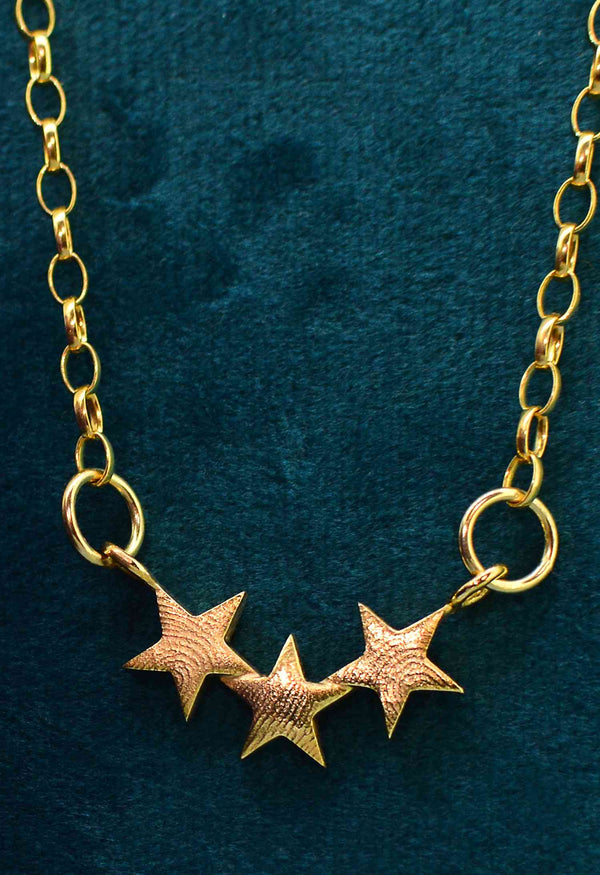Your Cart is Empty
With you for the Journey - Personalised jewellery to treasure forever
Fully Booked and Closed for Christmas 2023
Menu
-
- Dainty Fingerprints
- Small Fingerprints
- Petite Fingerprints
- Large Fingerprints
- Fingerprint Rings
- Engraved Fingerprints
- Other Jewellery and Gifts
- Dainty Fingerprint Necklaces
- Small Fingerprint Necklaces
- Petite Fingerprint Necklaces
- Large Fingerprint Necklaces
- Fingerprint Earrings
- Engraved Fingerprints and Thumbprints
- Special Commissions
- Fingerprint Charm Beads
- Fingerprint Cufflinks and Dog Tags
- Unique Personalised Gifts
- Chains and Bracelets
- Impression Kits
- Gift vouchers
-
- Ashes & Memorial Jewellery
- Design Service
- Diamonds & Gemstones
- Engraving
- Contact Us
- 01440 510 050
- Login

With you for the Journey - Personalised jewellery to treasure forever
Fully Booked and Closed for Christmas 2023

Basic Tips for taking good photographs - Understanding Shutter Speed
December 20, 2020 5 min read

Understanding how to use your DLSR isn’t actually as difficult as it seems (says the person who didn’t bother to learn to use her camera for about 9 years).
I’ve used my phone camera or my DSLR camera on automatic forever, mistakenly thinking that manual was way to hard to get my head around.
But I was wrong!
It’s honestly not that bad and once you memorise a few basic settings, you’ll find yourself changing between them easily without really thinking about it.
In fact, there are only 3 fundamental camera settings you really have to learn in order to take all kinds of different photographs in different conditions.
Understand these and you’ll be able to take perfect photographs every time. Everything from snapping action shots of your child as they cross the finishing line on sports day to creative shots of them painting or baking at home.
And manual photos are so much better than those taken using the automatic mode!
- For one, you can control the shutter speed – selecting a fast shutter speed to achieve perfect action shots of moving children or objects.
- Two, you can control the depth of field – that’s the ability to use a wide aperture to take photographs with beautiful blurry backgrounds.
- Three, my old nemesis, exposure (ISO). By adjusting the exposure you can control how bright or dark you want your photos to be and you can change it to take your surroundings into account.
As a side note, I have a little old Nikon DSLR. Emphasis on old.
It’s definitely nothing fancy and I keep waiting for it to give up on me – the point being - This is not about buying expensive camera gear. Don’t let anyone convince you that you need the latest or most expensive camera out there to take great shots.
Understanding Shutter Speed
In basic terms, the shutter speed is the amount of time your cameras sensor is exposed to light.
It’s measured in seconds and fractions of a second (most of the time) – but don’t let that confuse you. We’ll get to it in a little bit.
- High shutter speeds mean the sensor is exposed to the light for a really small amount of time. Useful for taking
- Low shutter speeds mean that the sensor is exposed to the light for a much longer amount of time. Useful for taking
My shutter speed in my little old Nikon camera goes from 1/4000th of a second (really fast) to 30” seconds (really slow).
To be exact, with my camera I can scroll through and select any of the following shutter speeds:
|
1/4000 |
1/3200 |
1/2500 |
1/2000 |
1/1600 |
1/1250 |
|
1/1000 |
1/800 |
1/640 |
1/500 |
1/400 |
1/320 |
|
1/250 |
1/200 |
1.160 |
1/125 |
1/100 |
1/80 |
|
1/60 |
1/50- |
1/40 |
1/30 |
1/25 |
1/20 |
|
1/15 |
1/13 |
1/10 |
1/8 |
1/6 |
1/5 |
|
¼ |
1/3 |
1/2.5 |
1/2 |
1/1.6 |
1/1.3 |
|
1” |
1.3” |
1.6” |
2” |
2.5” |
3” |
|
4” |
5” |
6” |
8” |
10” |
13” |
|
15” |
20” |
25” |
30” |
|
|
That’s a scary looking list of exactly 54 different shutter speeds.
Wait for it……….. Don’t panic and run yet.
You don’t need to use all of them, or even be aware of most of them. Just a handful.
First we have the slow shutter speeds:
-
30” = Camera sensor exposed to the light for 30.0 seconds. This is an extremely slow shutter speed. Great for writing words in the with air sparklers or capturing stars.
You will need to use a tripod.
-
2” = Camera sensor exposed to the light for 2.0 seconds. Choose this shutter speed to capture fireworks on bonfire night. You will need to use a tripod.
-
1” = Camera sensor exposed to the light for 1.0 second. Choose this shutter speed for capturing crashing waves at the beach. Still use a tripod.
-
1/2 = Camera sensor exposed to light for half a second. Choose this shutter speed to capture scenery, running water. A running river, waterfalls and water moving around a water wheel.
Use a tripod to avoid blur.
Secondly, we have what I refer to as the mid-range shutter speeds. The range at which you should be able to take most normal photos without distortion or blur and without having to use a tripod (by normal, I mean those that don’t include fast-moving people, animals or objects).
-
1/60 – 1/125 = Camera sensor exposed to light for 1/60th – 1/125th of a second.
Within this range you should be able to get good shots of your children sitting playing and baking.
Some people are able to get great shots without a tripod at 1/60, but I can’t. My hands are a bit shaky, so I tend to start at 1/80 and go upwards from there. If you find yourself getting frustrated at 1/60, move it up a notch.
Third, we move onto the fast shutter speeds. Where the shutter opens for only fractions of a second letting a lot less light into the camera.
For moving children and families, these are the most useful fast shutter speeds:
-
1/250 = Camera sensor is exposed to light for 1/250th of a second.
Choose this shutter speed to capture your children moving, but not super fast. Think hopping, skipping and playing. You can also use this range for street scenes with hustle, bustle and people generally moving around.
This shutter speed can also be very useful for family portrait photography.
-
1/400 or 1/500– Camera sensor is exposed to light for 1/400th or 1/500th of a second. Choose shutter speeds in this range to capture your children running and moving around quickly, dogs playing or for fast moving street scenes with moving vehicles.
-
1/500 - 1/1000 = Camera sensor is exposed to light for 1/500th or 1/1000th of a second. Choose shutter speeds in this range to capture those fast-running sports day photos. Great for action shots.
- Capturing moving children is tricky. After all, how fast are they exactly? If you see unwanted blurry arms or legs, your shutter speed is too slow.
-
1/2000th + = Camera sensor is exposed to the light for 1/2000th of a second. This is a very short shutter speed and would be perfect for fast moving objects. Think wildlife photography (birds or flying insects), or frisbee’s flying through the air.
-
Definitely a specialist shutter speed and not one you’ll come across often, but this supe fast shutter speed should be chosen if you want to take photographs that appear to freeze fast moving objects in time. Think racing cars or high speed trains.

Free Downloadable Cheat Sheet - Camera Shutter Speeds
Follow my blog with BloglovinLeave a comment
Comments will be approved before showing up.
Subscribe
Sign up to get the latest on sales, new releases and more …

Join the Club
WE'RE SO PLEASED TO SEE YOU!
Stay a while and look around.
While you're here, why not subscribe to our newsletter?We'll give you £20 off your first order, VIP access to new products, and access to our very special sample sales.We promise not to annoy you (honest).